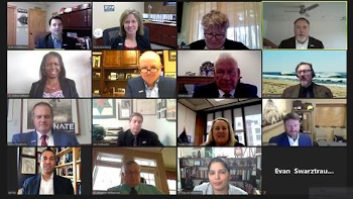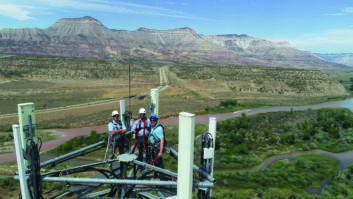A new best practices guide for the tower industry is up for review.
The Federal Communications Commission and the U.S. Department of Labor Occupational Safety and Health Administration (DOL-OSHA) teamed up torelease new guidance to improve the safety conditions of tower workers.
Tower work has been noted as one of the most dangerous jobs in America. Since 2010, 52 tower workers have been killed while on the job, with a spike of 14 deaths alone in 2013. Many of those deaths came after an untied worker fell to the ground or from wind-related accidents, according to the website WirelessEstimator.com.
The Communications Tower Best Practices Guide is a result of a series of workshops and input from industry stakeholders to establish best practices to ensure work safety for communication towers workers. The guide is designed to reduce injuries and fatalities involved in communications tower work.
“As more Americans use mobile devices to call, text and stream content, the safety of workers who maintain and construct communications towers is more critical than ever,” read the joint statement from FCC Chairman Ajit Pai and OSHA Deputy Assistant Secretary of Labor Dorothy Dougherty. “Every tower climber death is preventable.”
Just last month, tower worker Kris Edward Runyon fell from a guyed tower near Meridian, Miss., after taking closeout photographs following an AT&T LTE tower upgrade. Runyon’s is the second death in 2017; in April, a heavy crane tipped on its side in downtown Dallas and crashed into a cell tower compound, killing worker Isidro Morales. In 2016, OSHA noted that seven tower workers were killed while on the job.
The release of the best practices plan was applauded by the National Association of Tower Erectors (NATE) to help ensure that work is conducted in a safe and quality manner.
“[It] is paramount that the U.S. DOL-OSHA and the FCC continue to collaborate to host additional workshops and stay engaged with all layers of the wireless infrastructure chain to ensure that workforce safety and quality remain the top priorities,” said NATE Executive Director Todd Schlekeway.











